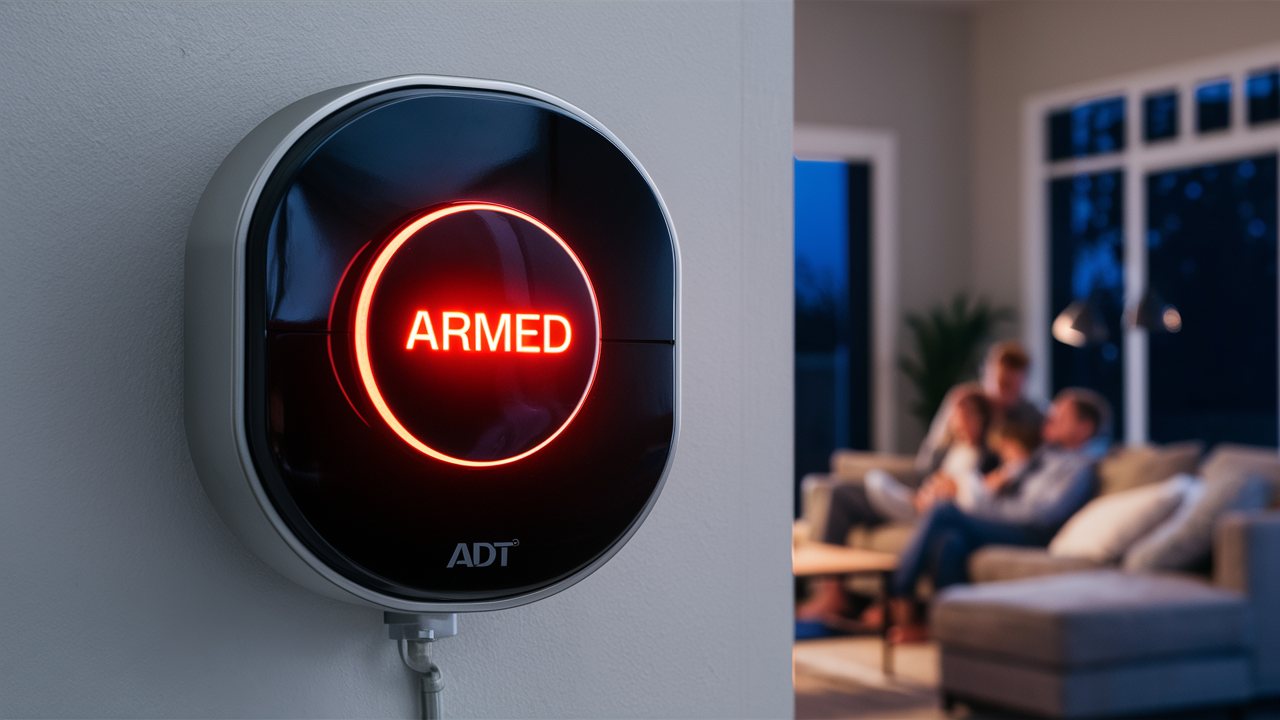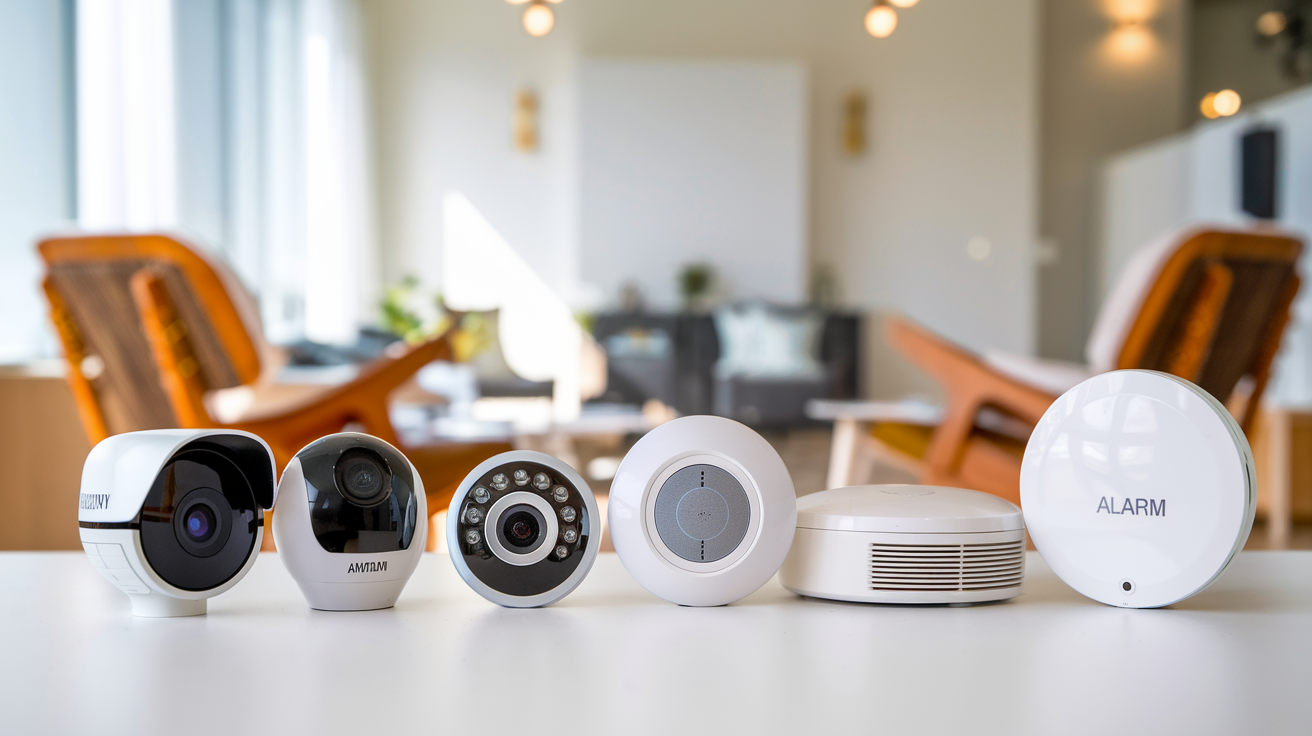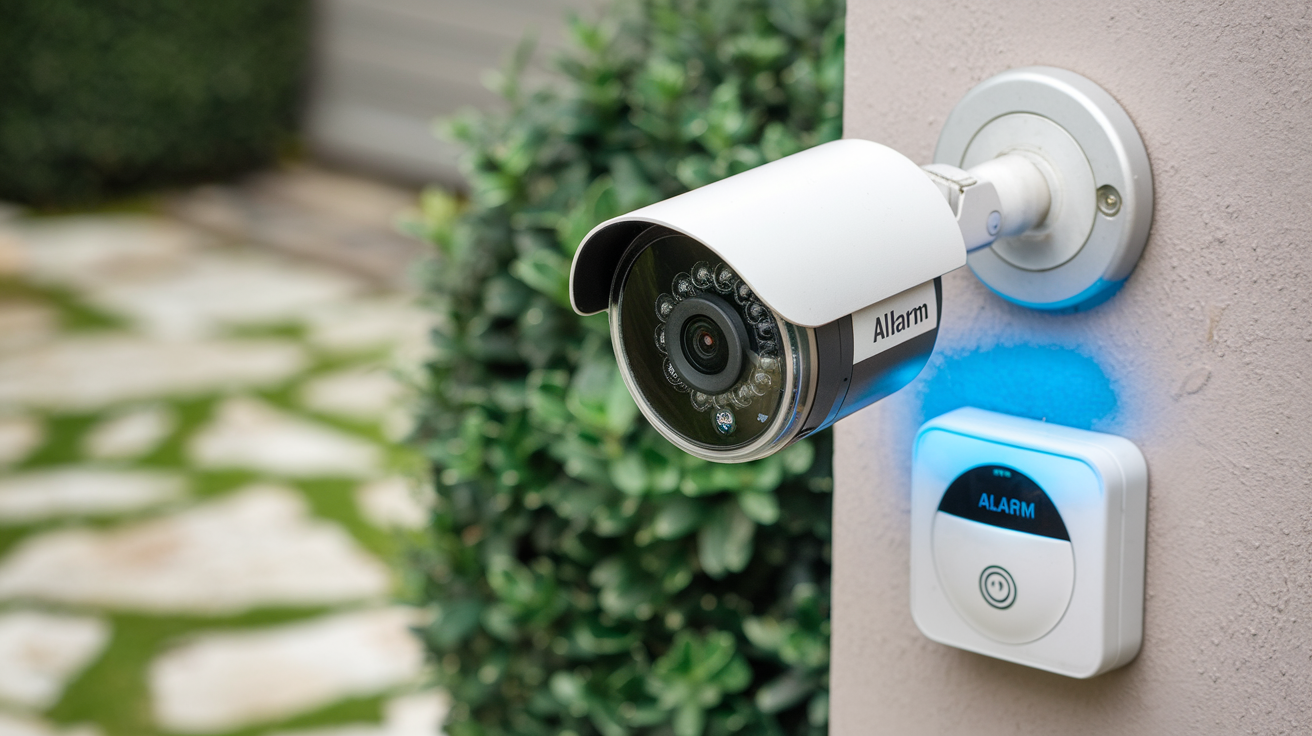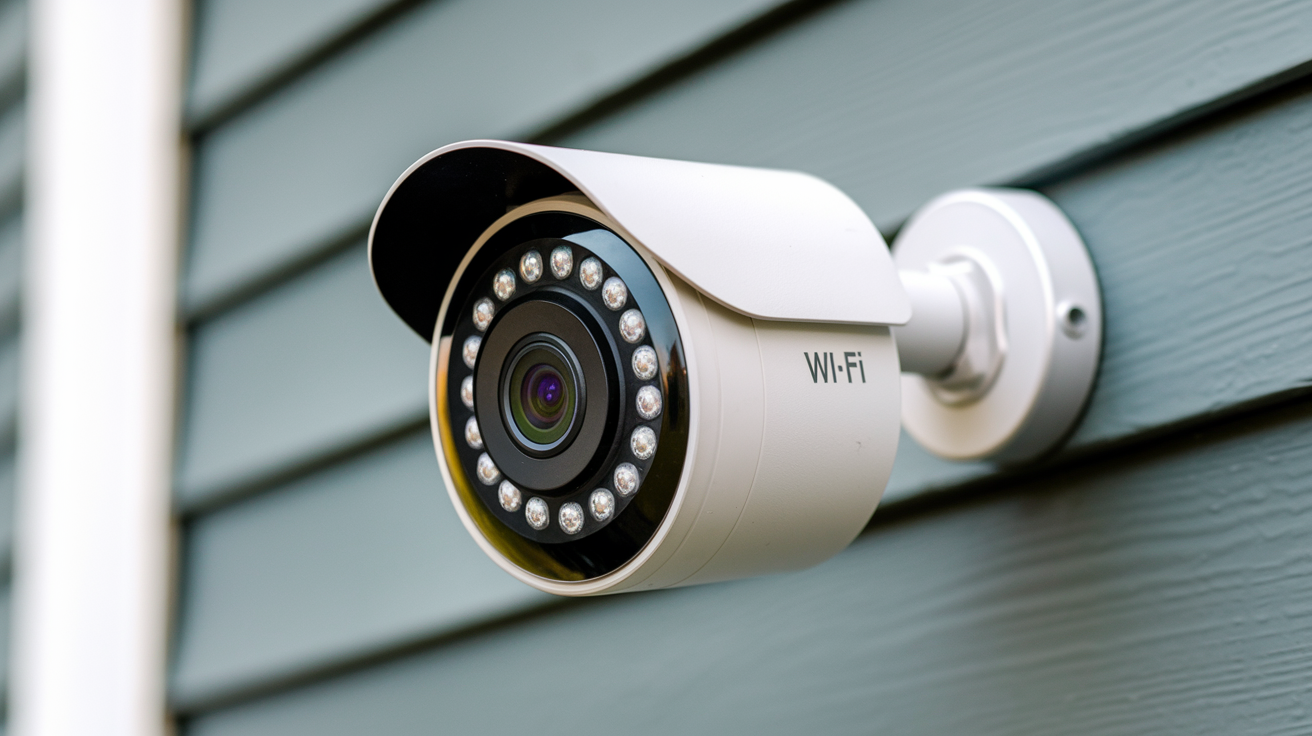The use of alarm systems that are linked to home security companies has however over the last two decades become a common feature for homes as well as businesses. Therefore, when the crime rates have changed, technology has developed, and with the decline in prices of equipment and monitoring, home security systems have become sophisticated. Below are some facts about monitored alarm systems and how they operate When it comes to monitored alarm systems, the following is important to note.
What is a Monitored Alarm System?
A home security system, also known as an alarm system, is a collection of different devices, alarms, and sensors that are installed in specific locations in a house. Examples of basic devices commonly used in security systems are motion sensors, doors and window contacts, glass break detectors smoke detectors, carbon monoxide detectors, cameras, control panels, and keypads. These are also usually accompanied by audible bells, horns, or other loud alert sounds.
These include a main control panel to which all these devices are attached. Whenever any of the sensors or detectors used are activated by an intrusion, smoke, fire, or any other thing, it sends a signal to the control panel. The control panel goes on to sound the audible alarm and sends out an alert to an offsite monitoring center owned by the home security company.
Security systems that a monitoring center monitors have trained staff on duty at all times to respond to alarms and other emergencies. They acknowledge and respond to the alert according to the laid down procedures to ensure the homeowner validates any emergency and subsequently sends out police, fire, or ambulance as the case may be. A large number of monitoring centers are permitted to dial emergency dispatch centers on behalf of homeowners.
Why choose a professional monitoring service?
It is however important to know that you can have a security system with no need to pay for monitoring, yet most of the security professionals recommend monitoring. There are several major reasons to have professional monitoring rather than self-monitoring an alarm system: There are several major reasons to have professional monitoring rather than self-monitoring an alarm system:
- Fast identification and dispatch – The monitoring centers can quickly confirm an emergency and dispatch help faster than most homeowners can do alone. Many police departments also rank professionally attended alarm cases above individual instances of burglary or fire reports by residents.
- Technical Support – Security monitoring centers are always staffed with professionals who can assist in any technical matters related to your equipment or service. Self-monitored systems are those systems where the person has to diagnose and correct the problem himself.
- Insurance Discounts – Virtually all insurance carriers who offer homeowner’s insurance, offer a discount on the homeowner’s insurance policy if the home is protected with a professionally monitored alarm system. Discounts may go between 5 percent and 20 percent or even higher levels, which allows paying for most or all the monthly monitoring fees.
- Smart home integration: Professionally installed and monitored systems are capable of having an advanced compatibility with smart home enabling one to manage the security aspects and components via a smartphone, voice commands, web interfaces, etc.
- Lease options – While purchasing the security equipment for your business may be costly, it is important to note that most security companies offer lease options thus saving you huge costs in equipment and installation. Examples include; monitoring service, maintenance, and repair fees are also included in monthly fees.
The Types of Monitored Alarm Systems
Now that you know what a professionally monitored security system entails, let's look at how the various components work together:
- Various detectors, sensors, and cameras are installed both in and out of the home and are constantly on the lookout for fires, intrusions, or any other incidents at any time of the day. Many of them work by turning on whenever they sense a pre-programmed factor such as smoke, motion, vibrations, or temperature changes. Another one is the panic pendants that need to be activated by a homeowner in the event of an emergency.
- Whenever a detector or a sensor is triggered, sends a signal to the control panel, which triggers the alarm. It uses a wired connection through electricity, wireless radio, or cell phone circuits.
- The control panel accepts those signals from activated devices, sounds the alarms, and transmits real-time alerts to the monitoring center either through telephone landline, cellular pathway, or encrypted broadband internet.
- Monitoring center receivers make a record of the incoming alarm signal and along with, the account summary of the client with the application/creation of emergency plans and emergency contacts is also displayed.
- The monitoring staff must first assess if the received alarm is a real or false alarm as stipulated in the verification processes under the customer agreement. Some of the verification processes that could be used may include, reviewing a video, hearing an announcement, calling some contacts, etc.
- Lack of a proper cancel signal originating from an authorized user within a stipulated time means that this alarm signal is real and hence, emergency response is initiated depending on the set protocols.
- During emergencies monitoring centers are also online to assist you when you need them, to communicate with the persons that you dispatched to the scene, and with those other people or services that you indicated in your account. They will also schedule system works that involve repair or replacement in case of faulty hardware leading to false alarms.
Homeowners getting a monitored system installed
Interested in home automation that incorporates the entire home where people live and work, in safety features of fire alarms, medical emergencies, and intruder alarms
- Seek to compare the various monitoring packages and the prices offered by well-established companies in a given region. Compare and contrast equipment packages, contracts, and emergency-response plans.
- Think about additional home features such as home automation you desire as part of the home. Also, consider any insurance rebates that would apply to the car you are planning on purchasing.
- Choose the monitoring provider and the contract package that corresponds with the security requirements, the degree of necessity of changes, and the cost. Call for the first consultation and the inspection of the necessary tools.
- Invite technicians to come to the home and show them around before they provide recommendations on full coverage both inside and outside.
- Before finalizing ensure several tests are conducted and every person in the house, including the kids, is trained on the basic workings of the system and its reactions. Keeping records: It is essential to update the monitoring center with any change in protocol that is to be followed as well as update the emergency contacts as per the requirement from time to time.
Added Peace of Mind
Crime today is no longer predictable it can occur at any place at any time. Nevertheless, the professionally monitored security systems ensure that the cases of disasters are minimized and if they happen, there are ways of minimizing the extent of the damage. On the whole, the situation with modern equipment and monitoring capabilities is only improving all the time, which means that whole-home protection is easier and cheaper than ever before. To safeguard what is most important, use only the best-monitored system that is customized for your home.
Protect your home today with ADT’s top-rated security solutions!
Call now at +1 877-470-7879 to get a free consultation and find out how you can secure your home with the best in the business. Don’t wait—ensure your peace of mind with ADT!






